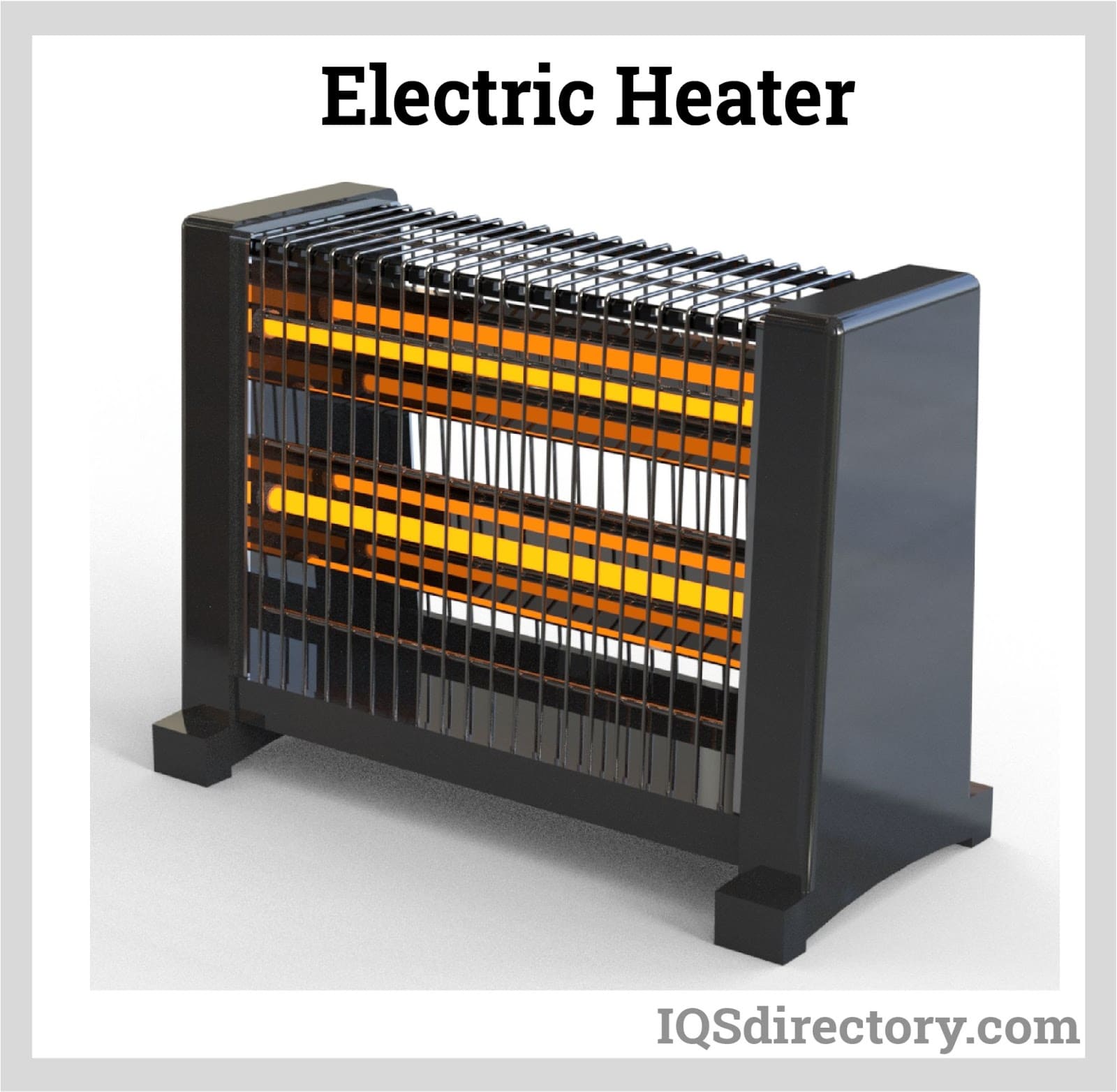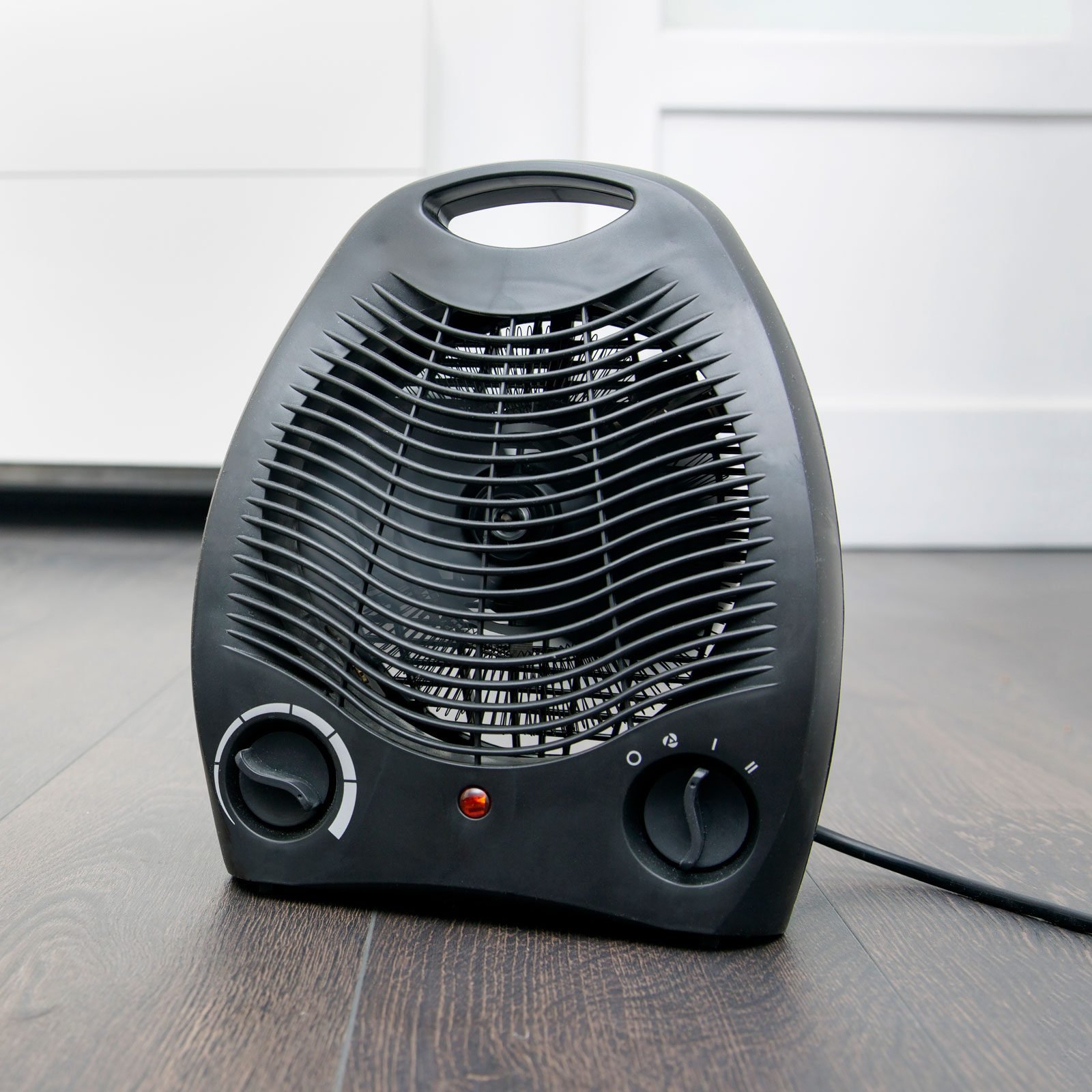The Buzz on 1 Source Portable Air
Table of ContentsThe Facts About 1 Source Portable Air RevealedHow 1 Source Portable Air can Save You Time, Stress, and Money.1 Source Portable Air for DummiesExamine This Report on 1 Source Portable AirGetting My 1 Source Portable Air To WorkA Biased View of 1 Source Portable Air
Despite its little size, this heating system was surprisingly reliable, warming our room in just 15 mins on the most affordable setup - 1 Source Portable Air. Even from 4 feet away, we felt the warm virtually immediately. It features 2 buttonsone for warm outcome and one for the timer (set for one, 2, or 3 hours)and 3 warmth settings: high, reduced, and natural wind
What Can Be Enhanced There isn't a substantial difference in between heat settings. Many thanks to their height and oscillation, tower area heating systems are a lot more reliable at heating huge spaces by reaching both high and reduced areas.
While we didn't observe a big distinction between the settings, we were thrilled by just how rapidly and successfully it warmed us up. Unlike tower fans that have a tendency to be cumbersome, this set's lightweight style made it easy to move and reposition. In regards to safety, this heater checks all packages: an eight-hour timer, get too hot defense, and an anti-tipping feature to avoid it from dropping while warm.
The Single Strategy To Use For 1 Source Portable Air
We found some of the panel settings a bit confusing at first, yet we at some point obtained the hang of it. This heating system was a lifesaver throughout optimal winter months monthsit actually came via after a next-door neighbor's pipes froze. Six months later on, it's still surpassing our assumptions, though the oscillation setting does make a small clicking noise.
First, we positioned each room heating system on a significant area and turned it on, using a temperature level viewers 4 and 8 feet away to inspect its heat output. If the heating unit came with a remote, we examined just how far away we could stand from the device while still having it react to the remote's commands.
We measured the temperature level utilizing an infrared thermometer from 1, 4, and 8 feet away and examined the moisture using a hygrometer at 4 and 8 feet. We after that checked the heater on both the most affordable setup and highest setups, taping the decibel reading from 2 feet away. After resetting it, we rested 4 feet from the heater and established a timer for 15 minutes to determine exactly how warm we really felt.
If the heater had an oscillation function, we evaluated just how well it distributed warmth. Lastly, we examined the tip-over security by delicately nudging the heating system with our foot to see if it shut off instantly. We then turned the room heater off and set a timer for 15 mins, using an infrared thermometer to videotape the temperature from 1 article source foot away.
9 Easy Facts About 1 Source Portable Air Explained
Light says that area heating units with glowing warmth preserve warmth for a longer duration because the heat is directed toward you, an object, as opposed to the surrounding air. When you open the door to a room heated by a convection heating unit, the warm air leaves, and the space may cool off if the air on the other side of the door is not the like the temperature in your space.
Is a combination of convection and glowing and is generally just located on over at this website wall-mounted room heating units. An area heating unit's wattage indicates its power, and its power identifies how much space it can warm. Room heating units performing at 1,500 watts generate enough power to warm an average-sized room, which is 132 square feet.

An additional safety and security pen is if the product says that it was evaluated by UL (UL Solutions) or ETL (Intertek's accreditation). These are third-party companies that check items for safety and security, consisting of room heaters (1 Source Portable Air). Edwards, who benefits Intertek, says that the extensive testing takes anywhere from a number of days to several weeks to complete.
Indicators on 1 Source Portable Air You Need To Know
, a home and way of life author for Real Simple that guides readers in making educated purchasing choices. At the beginning of the pandemic, her family depend on room heating units to sit outside with friends while maintaining a safe distance, and they have actually been using them ever before since.
A fan area heating system that makes use of convection to heat a space. Area heating systems are tiny, mobile heating devices that are typically utilized when the major home heating system in a structure is poor. Overall, if only one space needs heating, area heating units are an even more expense efficient option.
Is a mix of convection and glowing and is generally just located on wall-mounted area heating units. An area heating unit's power level indicates its power, and its power figures out just how much area it can heat. Space heaters running at 1,500 watts generate enough power to heat up an average-sized bedroom, which is 132 square feet.
1 Source Portable Air for Beginners
All of the area heating system specialists we talked to emphasized the need for tip-over protection, which guarantees that if the system inadvertently tips over, it will immediately turn itself off. He likewise recommends getting space heaters with overheating protection, which activates when the machine becomes also warm. Edwards claims that area heating units ought to have an indicator light to confirm that the equipment gets on or stimulated, avoiding you from unknowingly leaving it powered on.
Another safety and security pen is if the product says that it was examined by UL (UL Solutions) or ETL (Intertek's qualification). These are third-party organizations that evaluate items for security, including room heating units. Edwards, who helps Intertek, claims that the extensive testing takes anywhere from numerous days to several weeks to finish.

The 1 Source Portable Air PDFs
Figure 1. A fan area heating unit that utilizes convection to warm an area. Room heating systems are small, portable heating devices that are generally used when the main heating system in a building is inadequate. In general, if only one room needs heating, space heaters are a more affordable solution. Room heating systems can be found in a variety of various layouts and can operate on electrical energy, lp, natural gas, or kerosene.